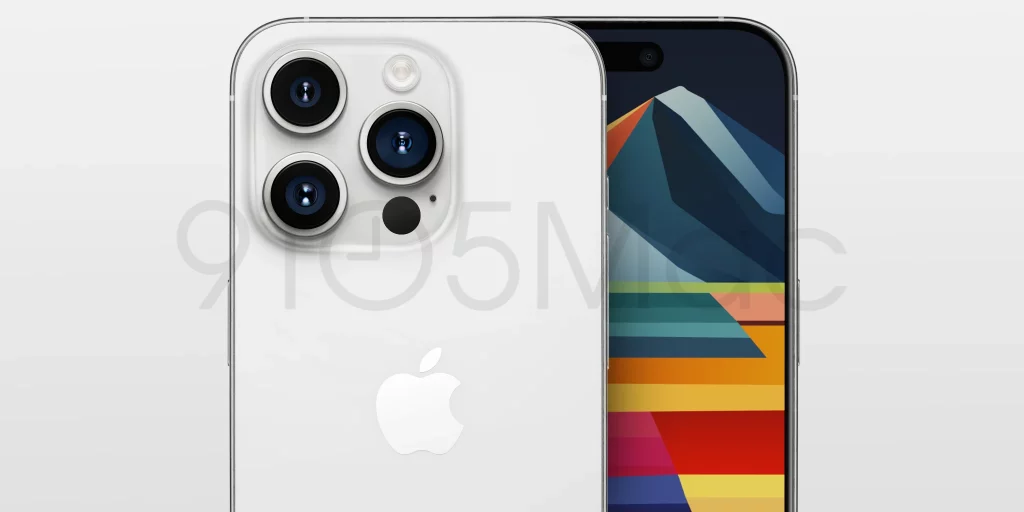Apple analyst Ming-Chi Kuo has revealed some interesting new information about the upcoming iPhone 15 Pro and iPhone 15 Pro Max models. According to Kuo, Apple has decided to abandon the solid-state button design in favor of the traditional physical button design, due to unresolved technical issues before mass production.
The solid-state buttons were initially intended to provide haptic feedback to simulate the feeling of pressing the buttons, without them physically moving. However, it seems that the new design presented too many challenges for the company, and they have decided to revert to the traditional design.

It is still unclear whether the physical button design will include two volume buttons or a single elongated volume button, as was previously rumored. However, Kuo believes that there is still time for Apple to make modifications to the iPhone 15 Pro’s design, given that the device is still in the EVT (Engineering Validation Test) development stage.
While the change is not expected to have a significant impact on the mass production schedule and shipments for the Pro models, it may be unfavorable for key suppliers of Taptic Engine-related components for iPhones, such as Cirrus Logic and AAC Technologies.
According to tech analysts Jeff Pu and Shelly Chou at Hong Kong-based investment firm Haitong International Securities, the solid-state button design may be delayed until the iPhone 16 series in 2024.
Recent reports suggest that the iPhone 15 Pro will feature a titanium frame with a rounder-edged design, new buttons, and a giant camera bump. The individual camera protrusions are expected to increase once again, with the entire hump thickening. Meanwhile, the iPhone 15 Pro Max will have a smaller camera protrusion, rumored to house a periscope zoom lens.
Both devices are expected to have “all-new sensor technology that will capture more light and reduce overexposure or underexposure in certain settings”. Furthermore, the USB-C port is expected to be included in all iPhone 15 versions, but the fastest charging will be limited to USB-C cables certified by Apple.
RELATED:
- Apple’s Q1 2023 Mac Shipments Plummet 40.5%: A Tough Blow for the Tech Giant
- Apple Reportedly Scraps Plans for a 27-inch ProMotion Display – What Happened?
- Apple Store to open in Mumbai on April 18 & Delhi on April 20
- Apple MacBook Air 15-inch model production ramped up; expected to go official soon
- Apple iPhone 15 Pro Display will reportedly feature Ultra Thin Bezels
- Gionee’s new iPhone 14 Pro clone is cheaper than Redmi Note 12
- Get a closer look at iPhone 15 Pro with newly leaked high-quality renders
(Source)







